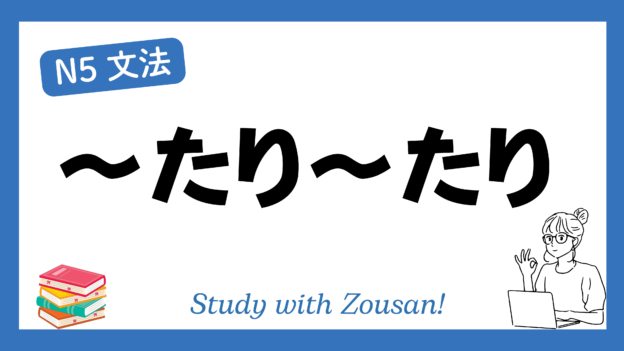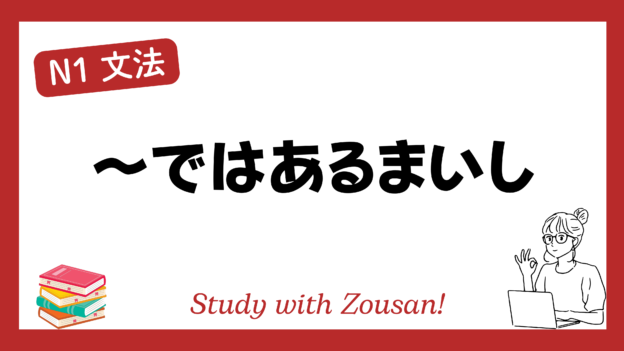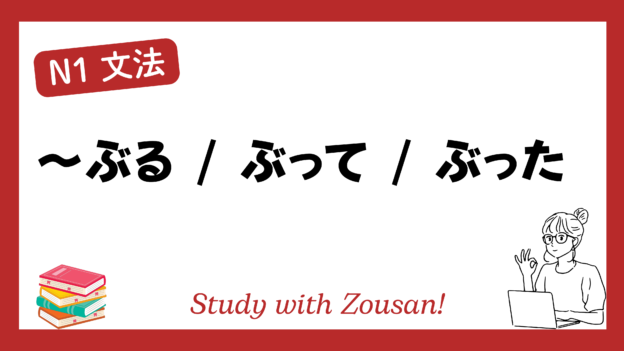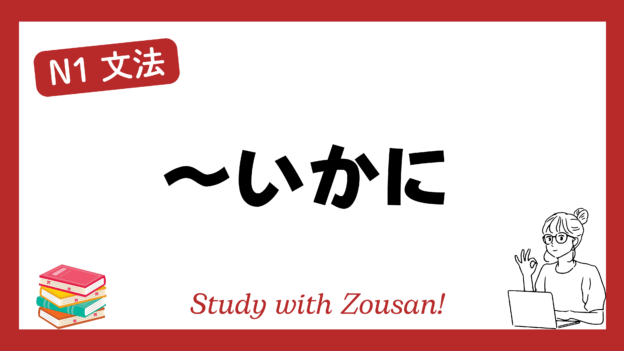N4文法:後で
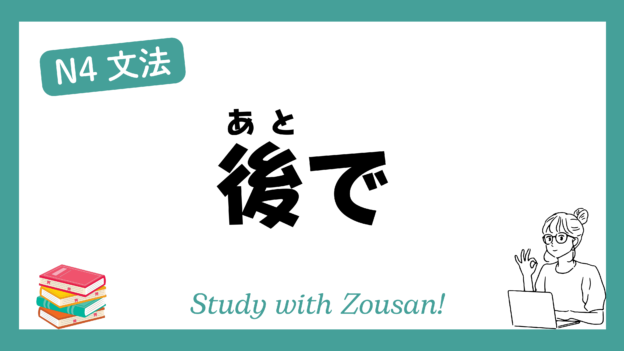
2024.10.30
Meaning: “Later…” / “After…” / “Afterwards…”
後で is used to indicate that an action or event will happen in the near future, after a certain time or action. It conveys the idea of postponing or scheduling something to be done after the present moment.
※Note:
・後で is often used in situations when the speaker wants to delay or plan to do something in the near future.
・This structure does not specify a particular time; it simply refers to a later point within the same day or the near future.
・後で is commonly used in spoken language to express in a friendly and natural way the intention to perform an action later.
Structure:
| Verb (た form) | + 後で |
| Noun + の |
Example:
-
-
-
🌟 後で電話します。
(あとで でんわ します)
I will call you later. -
🌟 後で話しましょう。
(あとで はなしましょう)
Let’s talk later. -
🌟 昼ご飯は後で食べます。
(ひるごはん は あとで たべます)
I will eat lunch later. -
🌟 この書類は後で確認します。
(この しょるい は あとで かくにん します)
I will check this document later. -
🌟 後でメールを送りますね。
(あとで メール を おくります ね)
I will send an email later. -
🌟 後でお会いしましょう。
(あとで おあい しましょう)
Let’s meet later. -
🌟 後で買い物に行く予定です。
(あとで かいもの に いく よてい です)
I plan to go shopping later. -
🌟 後で結果を教えてください。
(あとで けっか を おしえて ください)
Please tell me the result later. -
🌟 この問題は後で解決します。
(この もんだい は あとで かいけつ します)
I will solve this problem later. -
🌟 後で連絡をお待ちしています。
(あとで れんらく を おまち して います)
I will be waiting for your contact later.
-
-





